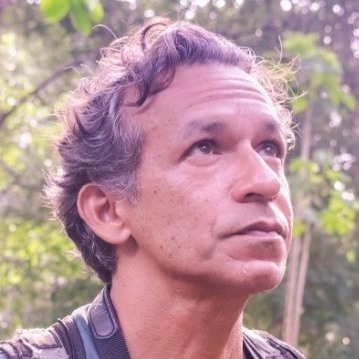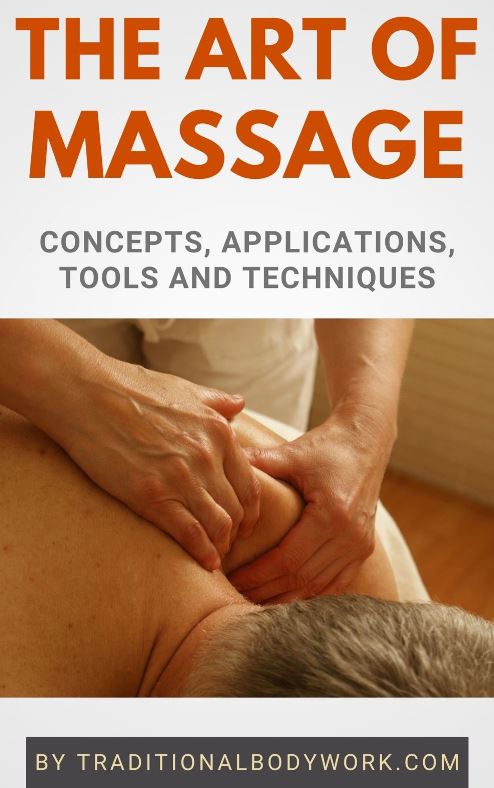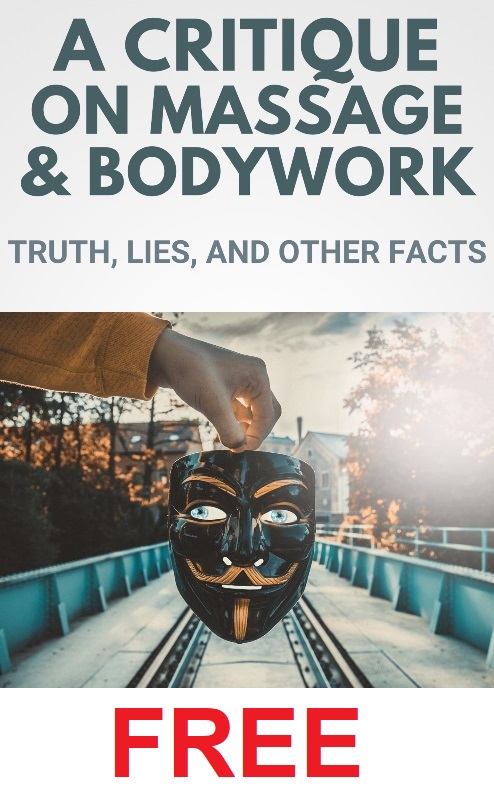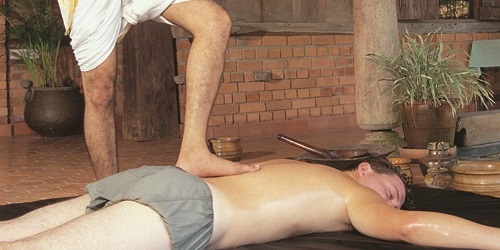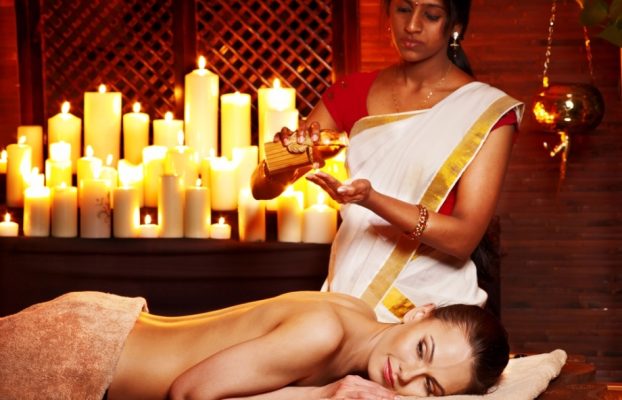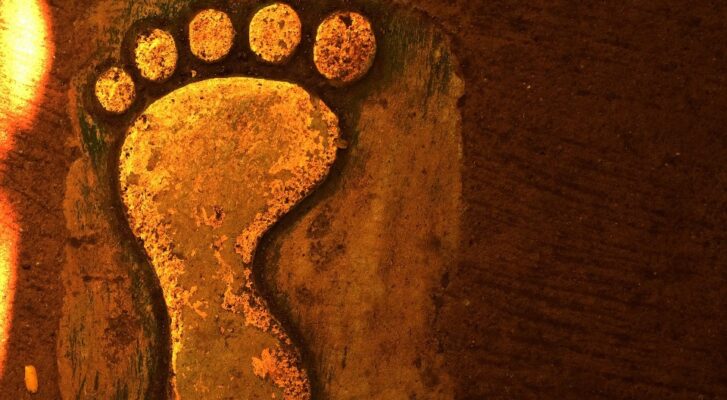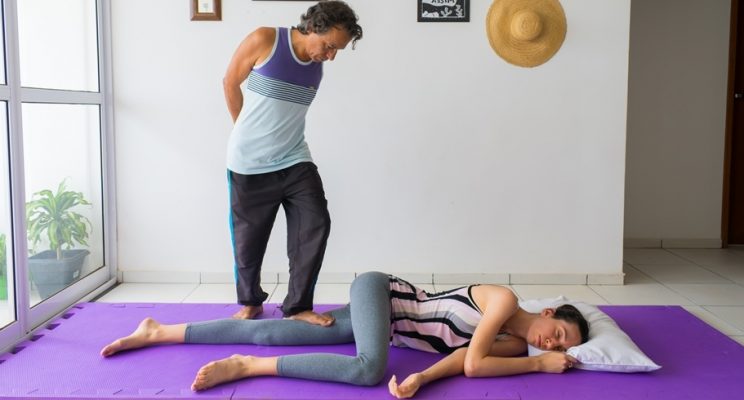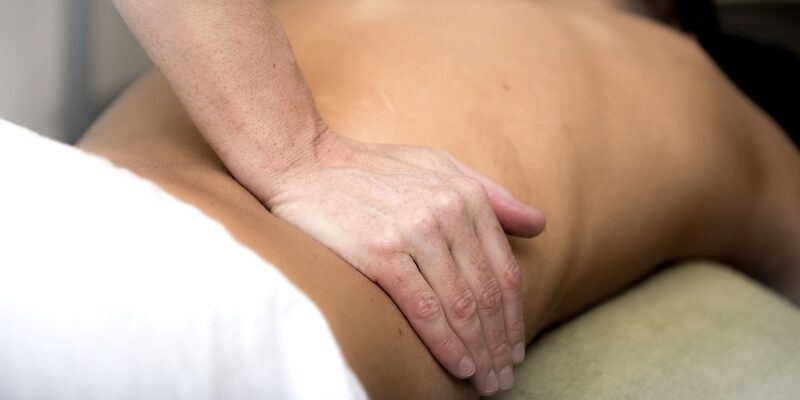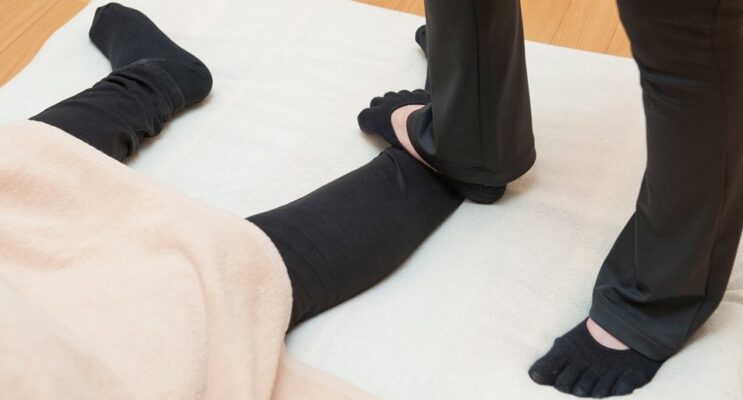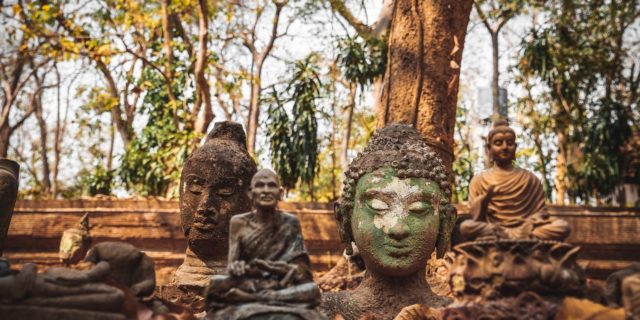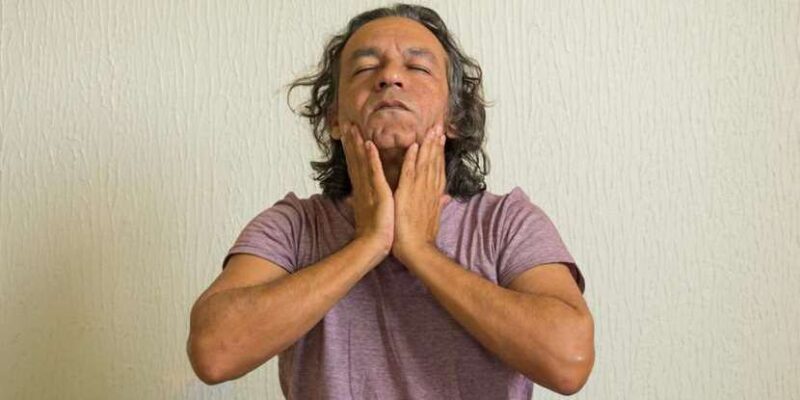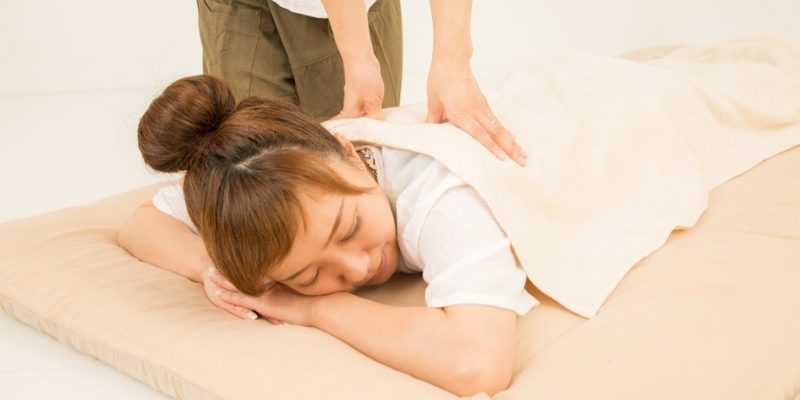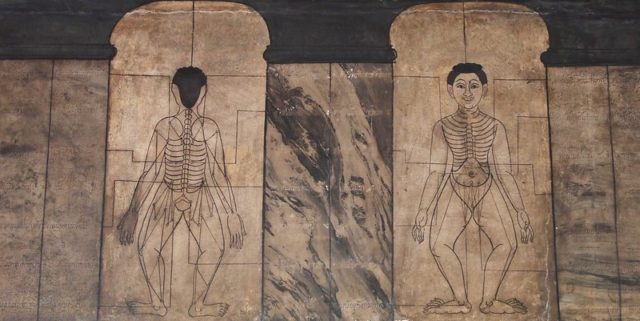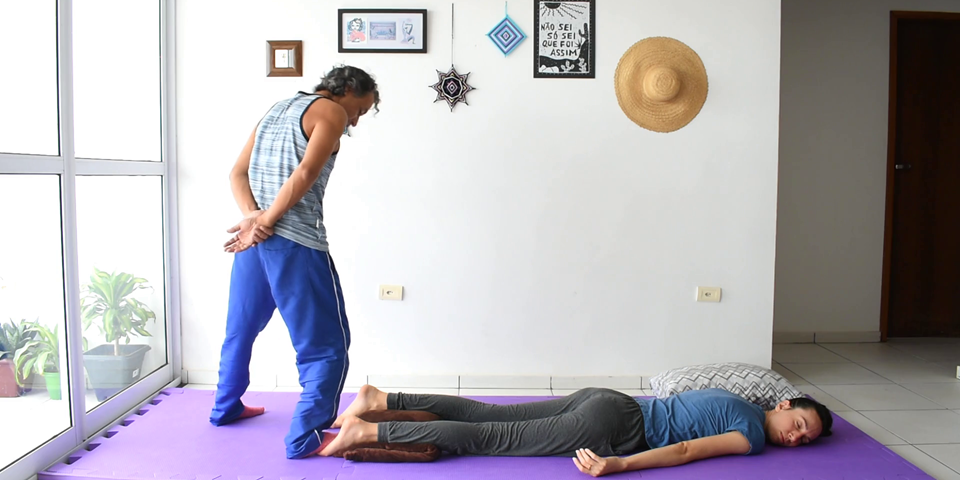
Although the hands and arms are the body parts most frequently used by therapists to perform a massage, the feet and legs are likewise important massage tools, and in some massage modalities, such as barefoot massages, the feet and legs are the only tools used.
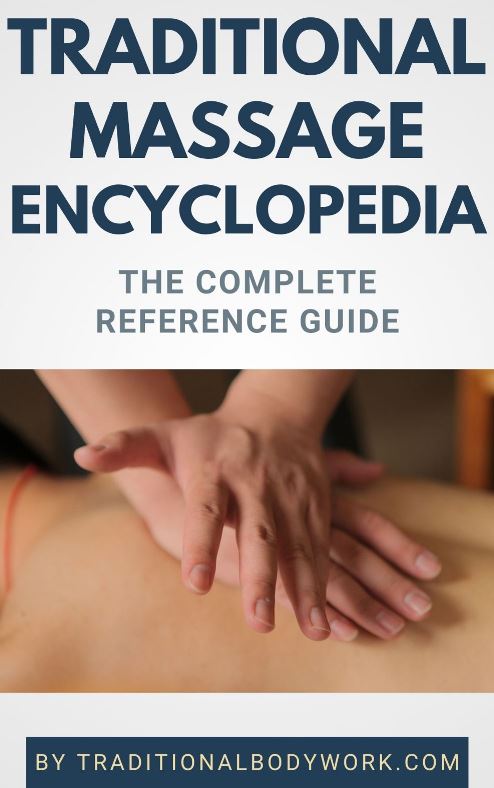
Mind that massages where the feet and legs are used are typically those which are done on the floor on a mat, that is, traditional massages, notably those of Asia. One can imagine that massages given on a massage table or massage chair are not suitable to apply feet and leg techniques.
With the feet, the therapist can use the toes, the arch of the feet and the heels to give pressure. As for the rest of the leg, therapists generally uses their knees and sometimes the shins.
The legs are also used to perform deep assisted stretches, that is, to “push” with the leg (foot) on a body part of the receiver (in a direction away of the therapist) while pulling another body part of the receiver with the hands (in a direction towards the therapist).
Another application in which the feet are used is with traditional oil massages done on the floor: the foot is dipped in a (warm) herbal oil and subsequently slid over the unclothed body of the receiver in a variety of strokes. An example hereof is Thai Fire Therapy.
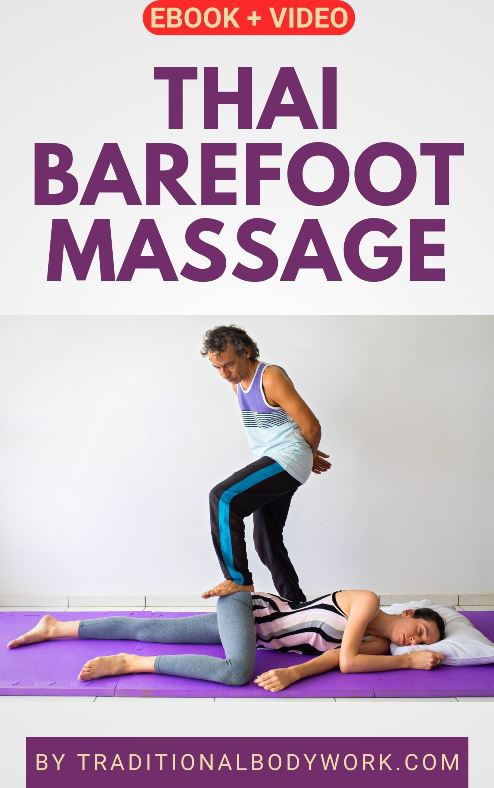
In massages that are predominantly done with the hands, the feet and knees are generally only used to be able to give more pressure. Using the feet also gives a more “earthy” or “grounded” feel to the massage session than those done with the hands.
Apart from being able to give more pressure, using the legs avoids (repetitive) strains for the hands and wrists of the therapist making their work easier, healthier and more balanced.
Sometimes practitioners use a stick, rod or rope to keep their balance while “walking over the patient,” notably in barefoot massages, such as Japanese Ashiatsu Massage, Thai Fire Therapy (Yam Khang), and Chavutti Thirumal (Ayurvedic Keralite Barefoot Massage).

